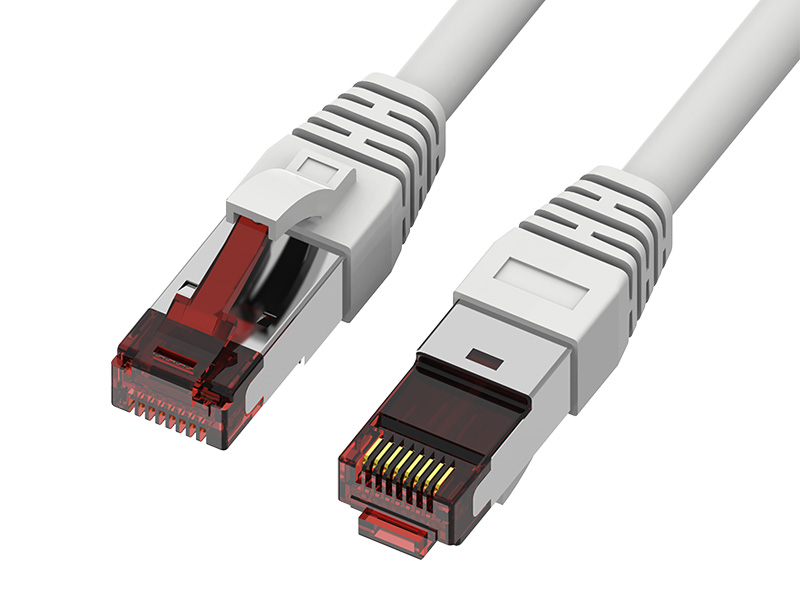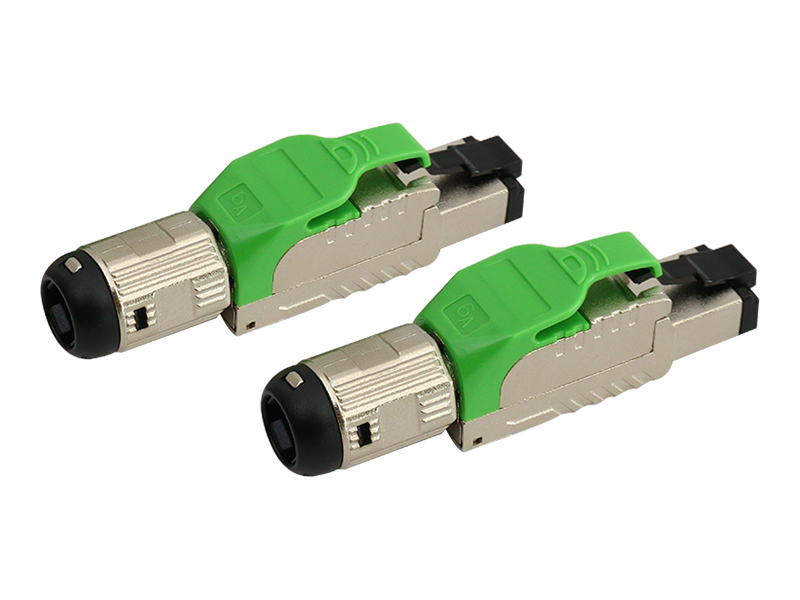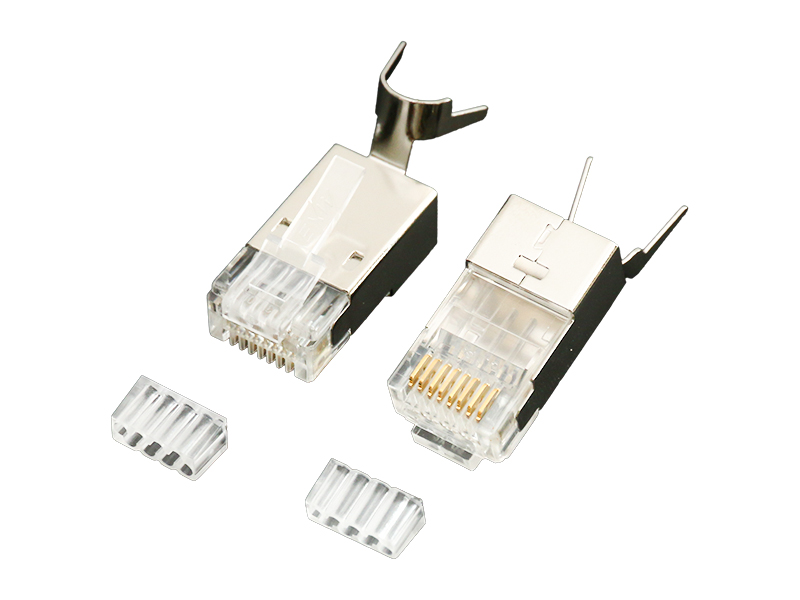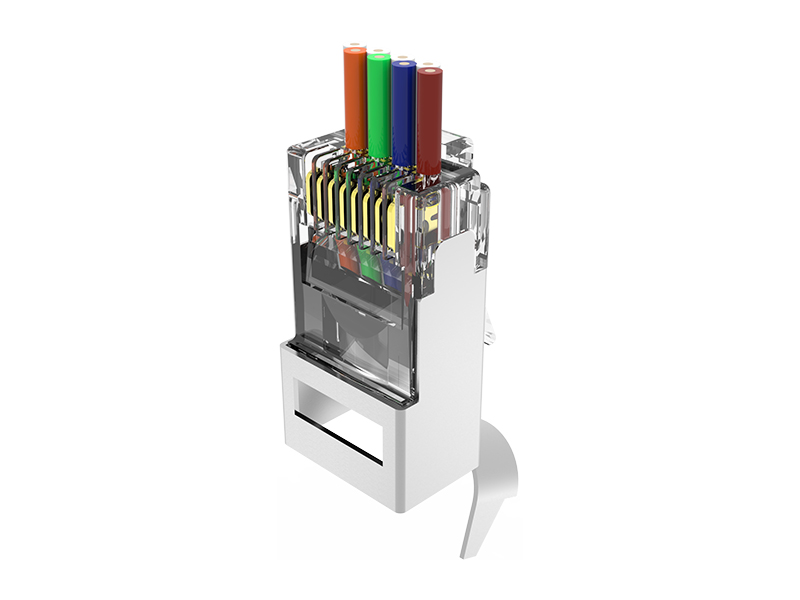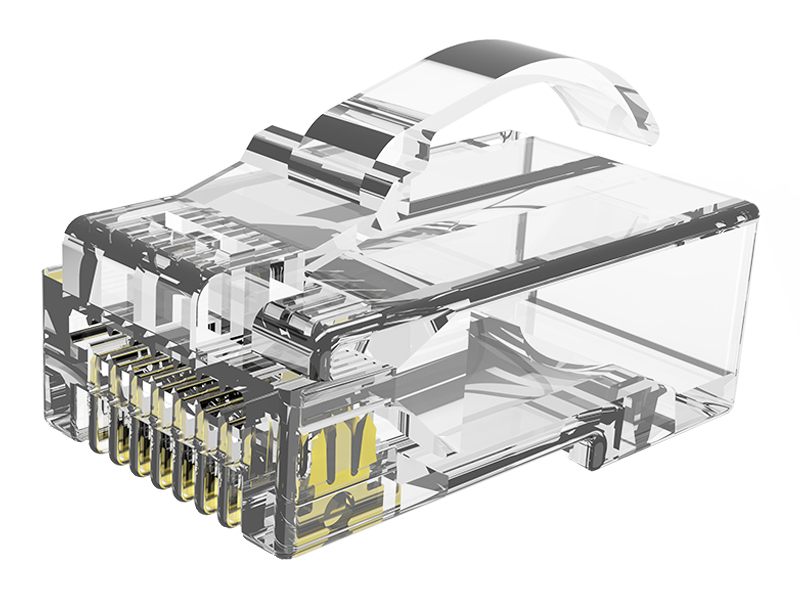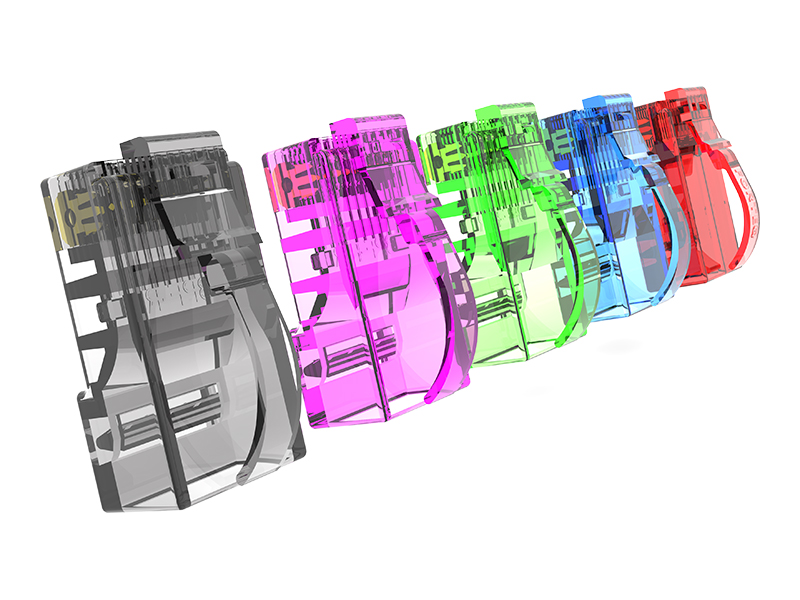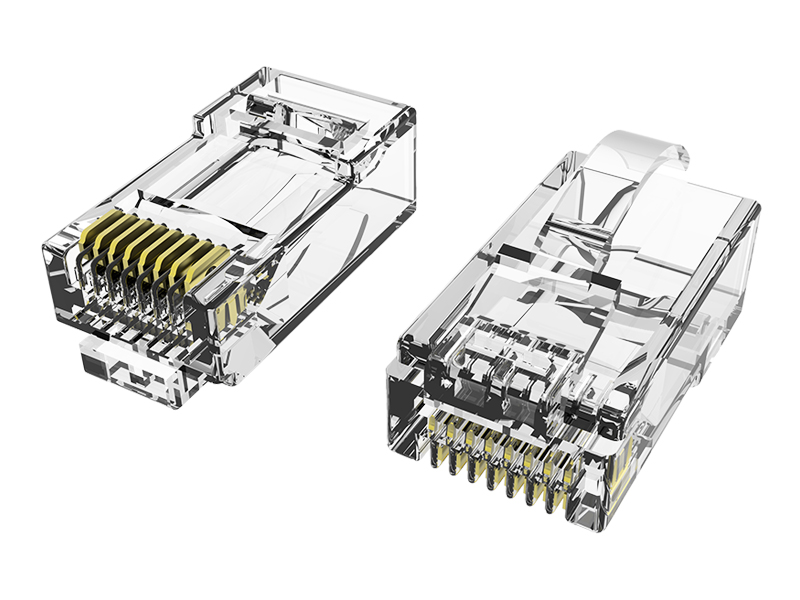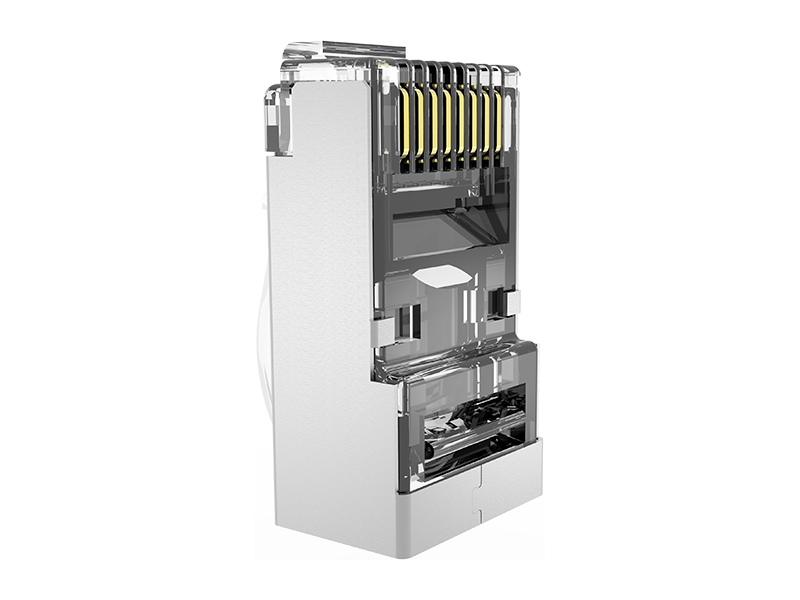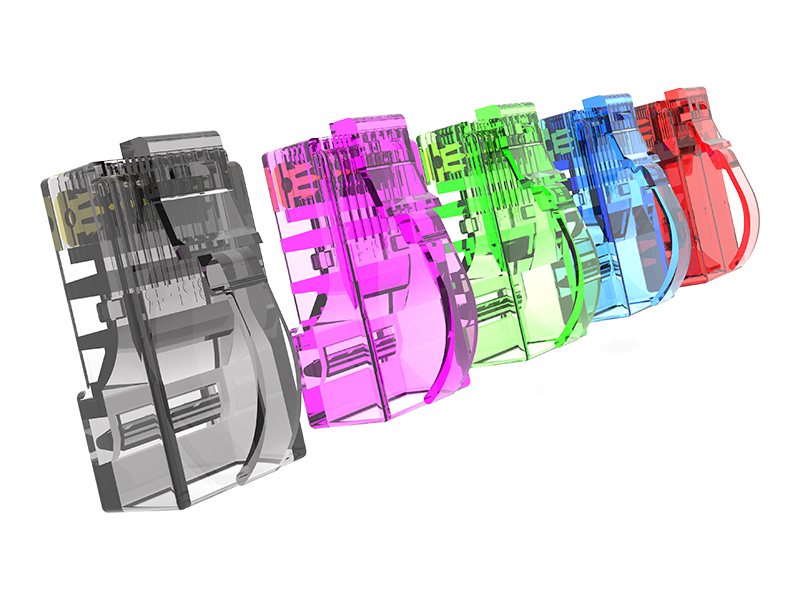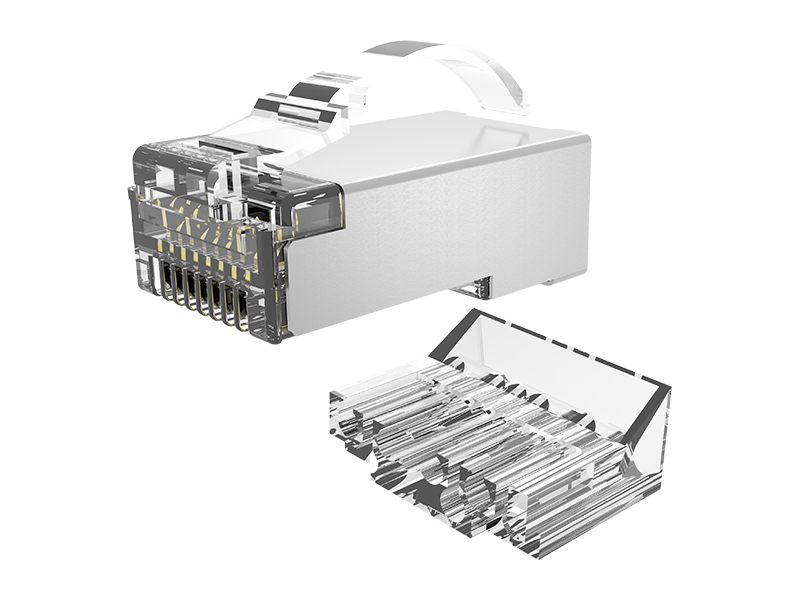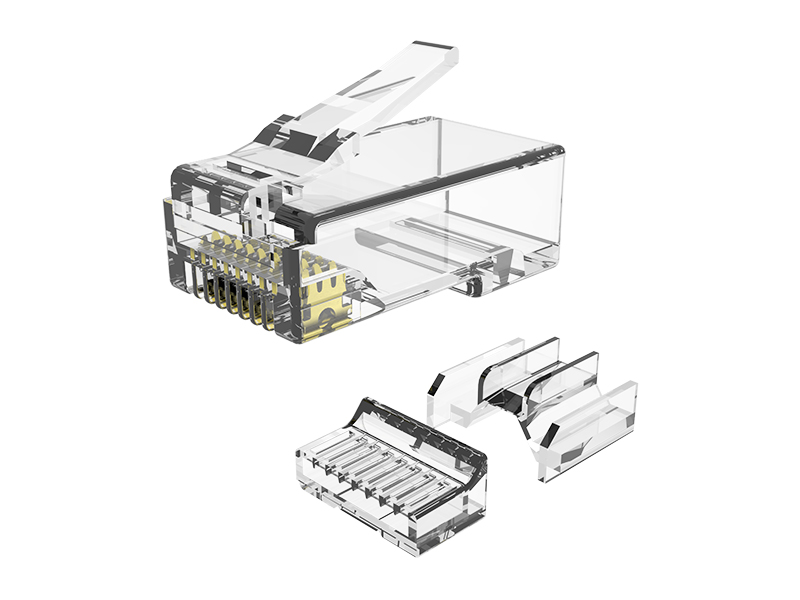Category 6 patch cables are normally terminated using eight-pin, eight-core modular connectors. They can use either T568A or T568B pin assignments. Although they may have different termination types, Cat 6A cables perform similarly to their Cat 6 counterparts. They are governed by ANSI/TIA-568.2D, which replaces the older 568-C.2 standard. This newer standard defines enhanced performance standards for twisted pair cable systems. The frequency range of a Cat 6A cable is up to 500 MHz, which is about double that of its predecessor.
CAT6A patch cables come with an enhanced strain-relief system to prevent overbending and ensure high-quality signal performance. These cables are made of 26-AWG stranded copper and are available in a wide range of colors. They range in length from three to 25 feet.
CAT6A patch cords are ideally suited for Gigabit Ethernet applications. With an angled boot and shielded cable, shielded CAT6A patch cords will provide a longer service life than standard patch cables. They can also be purchased with a moulded angled boot, which reduces stress on the cord.
For testing CAT6A patch cords, it is necessary to use a high-frequency test adapter or terminator. This test adapter must be equipped with RJ45 jacks for measuring high-frequency signals. A coaxial cable, on the other hand, uses coaxial connectors for its communication interface.
Ethernet patch cables are usually made of stranded copper wires to avoid breakage. Solid copper wires can develop stress fractures from repeated bending. Ethernet patch cables are best used indoors. They are usually not rated for outdoor use. If you plan to install your patch cable in a structure, make sure it is fire-resistant.



 中文简体
中文简体 English
English Français
Français Deutsch
Deutsch عربى
عربى

